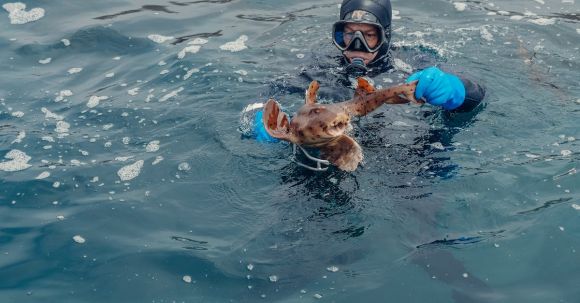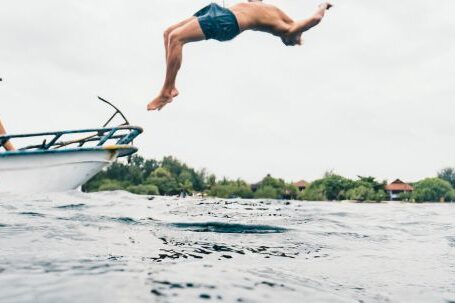Exploring the underwater world is an exhilarating experience, but it can also be challenging to communicate effectively with your dive buddy or instructor. The underwater environment poses unique obstacles when it comes to communication, such as the inability to speak clearly and the distortion of sound waves. However, with the right techniques and equipment, underwater communication can be made much easier. In this article, we will provide you with valuable tips for effective underwater communication while diving.
Hand Signals: The Universal Language
One of the most common and effective methods of underwater communication is through the use of hand signals. Hand signals are a universal language among divers and are essential for conveying important messages. Before going on a dive, it is important to familiarize yourself with a set of basic hand signals. These signals can be used to indicate important information such as “okay,” “stop,” “ascend,” and “descend.” Practice these signals before your dive to ensure that you can communicate clearly and confidently underwater.
Maintain Eye Contact
When communicating underwater, it is crucial to maintain eye contact with your dive buddy or instructor. Underwater, it is easy to become disoriented and lose track of each other. By maintaining eye contact, you can ensure that you are both on the same page and can communicate effectively. Additionally, eye contact allows you to pick up on non-verbal cues and gestures, further enhancing your ability to understand one another.
Use Dive Slates or Underwater Writing Boards
Another useful tool for underwater communication is the dive slate or underwater writing board. These devices allow divers to write down messages and show them to their buddy or instructor. Dive slates are especially useful for conveying complex information or for situations where hand signals alone may not be sufficient. Make sure to practice using dive slates before your dive to become comfortable with writing underwater.
Underwater Communication Devices
In situations where hand signals or dive slates are not enough, underwater communication devices can be extremely helpful. These devices use ultrasonic waves to transmit messages between divers. Examples of underwater communication devices include full-face masks with built-in communication systems and underwater communication units that can be clipped onto your diving gear. While these devices can be expensive, they can greatly enhance communication during dives, especially in more challenging environments.
Understand the Surrounding Environment
When diving, it is important to be aware of the surrounding environment and how it can affect communication. Factors such as current, visibility, and noise levels can impact your ability to communicate effectively. For example, in low visibility conditions, it may be necessary to stay closer to your buddy and rely more on touch signals. By understanding the environment and adapting your communication techniques accordingly, you can ensure effective communication throughout your dive.
Practice Active Listening
Effective communication is a two-way process, and active listening is just as important as conveying messages underwater. Pay attention to your dive buddy or instructor’s signals and gestures, and respond accordingly. By actively listening and responding, you can prevent misunderstandings and ensure a safe and enjoyable dive experience for everyone involved.
In conclusion, effective underwater communication is essential for a safe and enjoyable diving experience. By using hand signals, maintaining eye contact, utilizing dive slates or underwater writing boards, and considering underwater communication devices, you can enhance your ability to communicate effectively underwater. Additionally, understanding the surrounding environment and practicing active listening are key to successful communication during dives. Remember to practice these tips before your dive and always prioritize safety and clear communication with your dive buddy or instructor.





